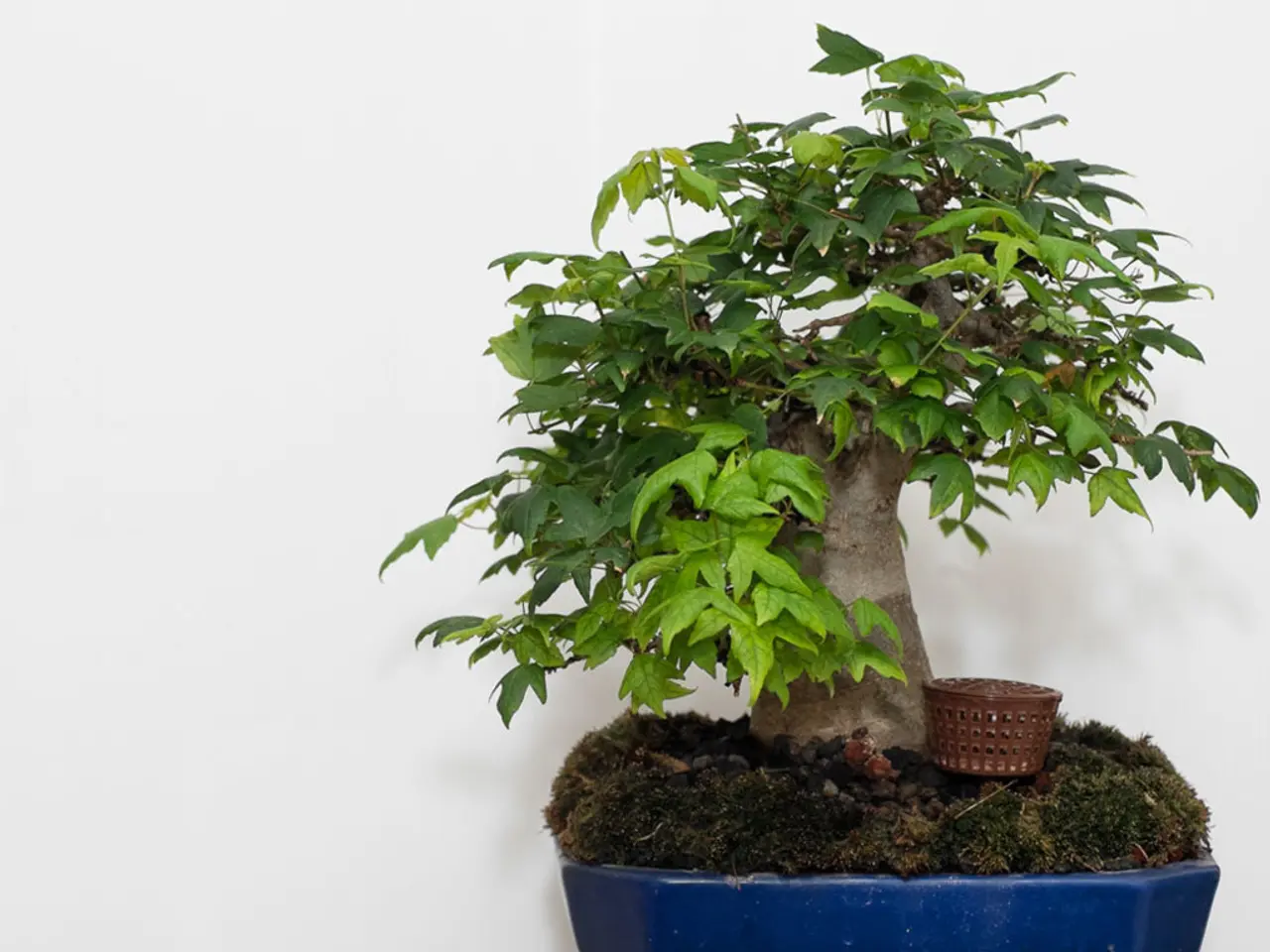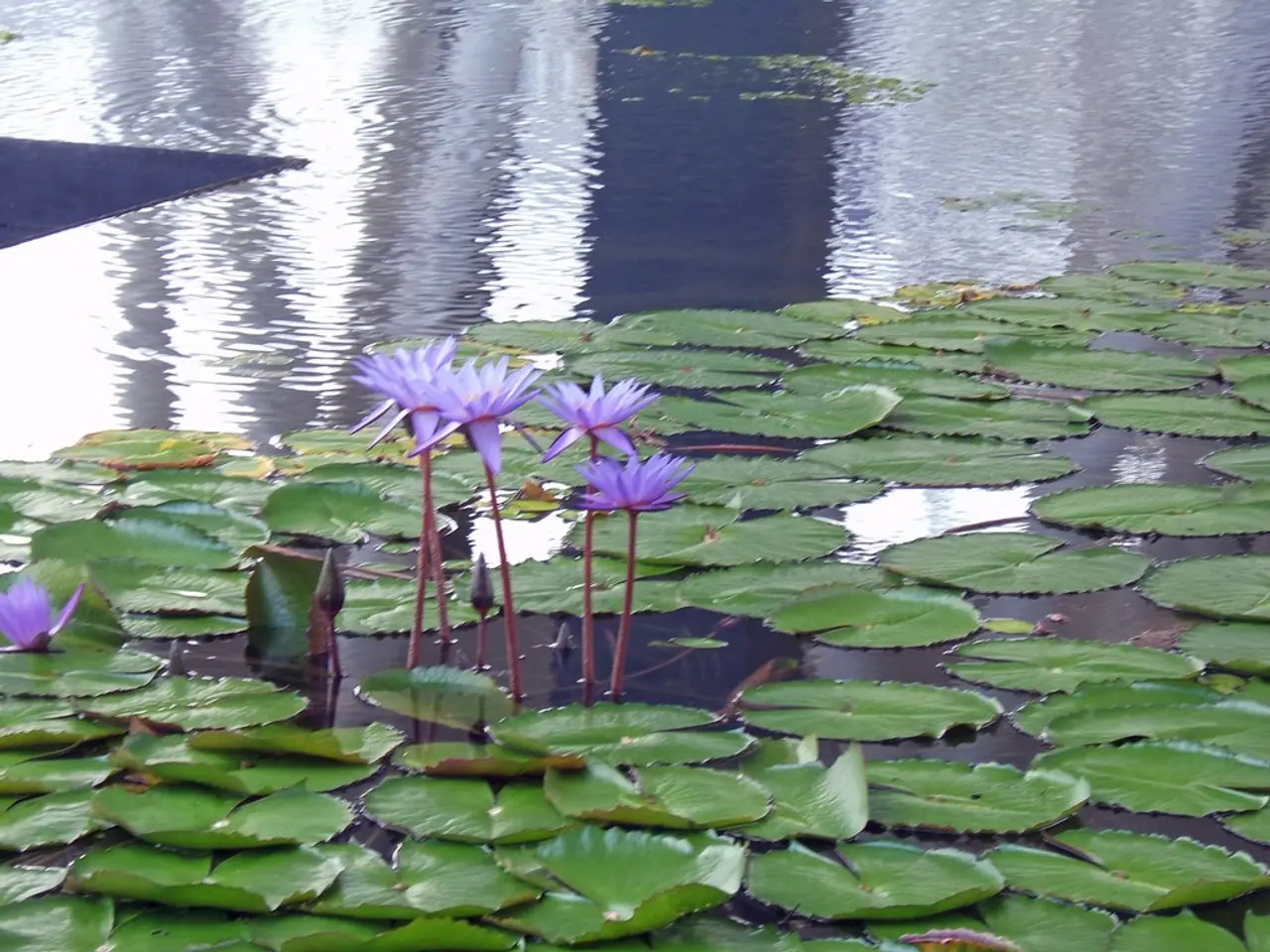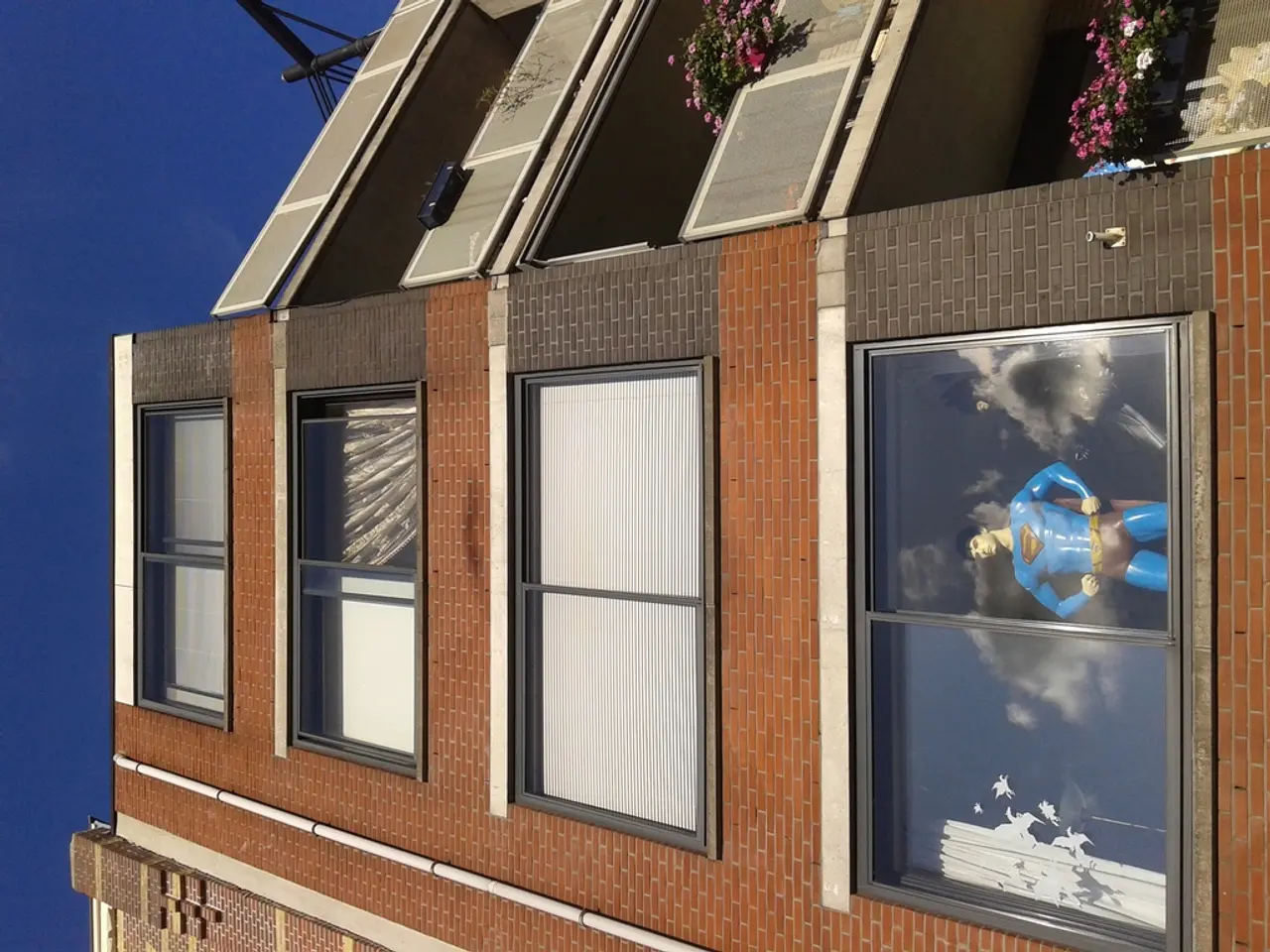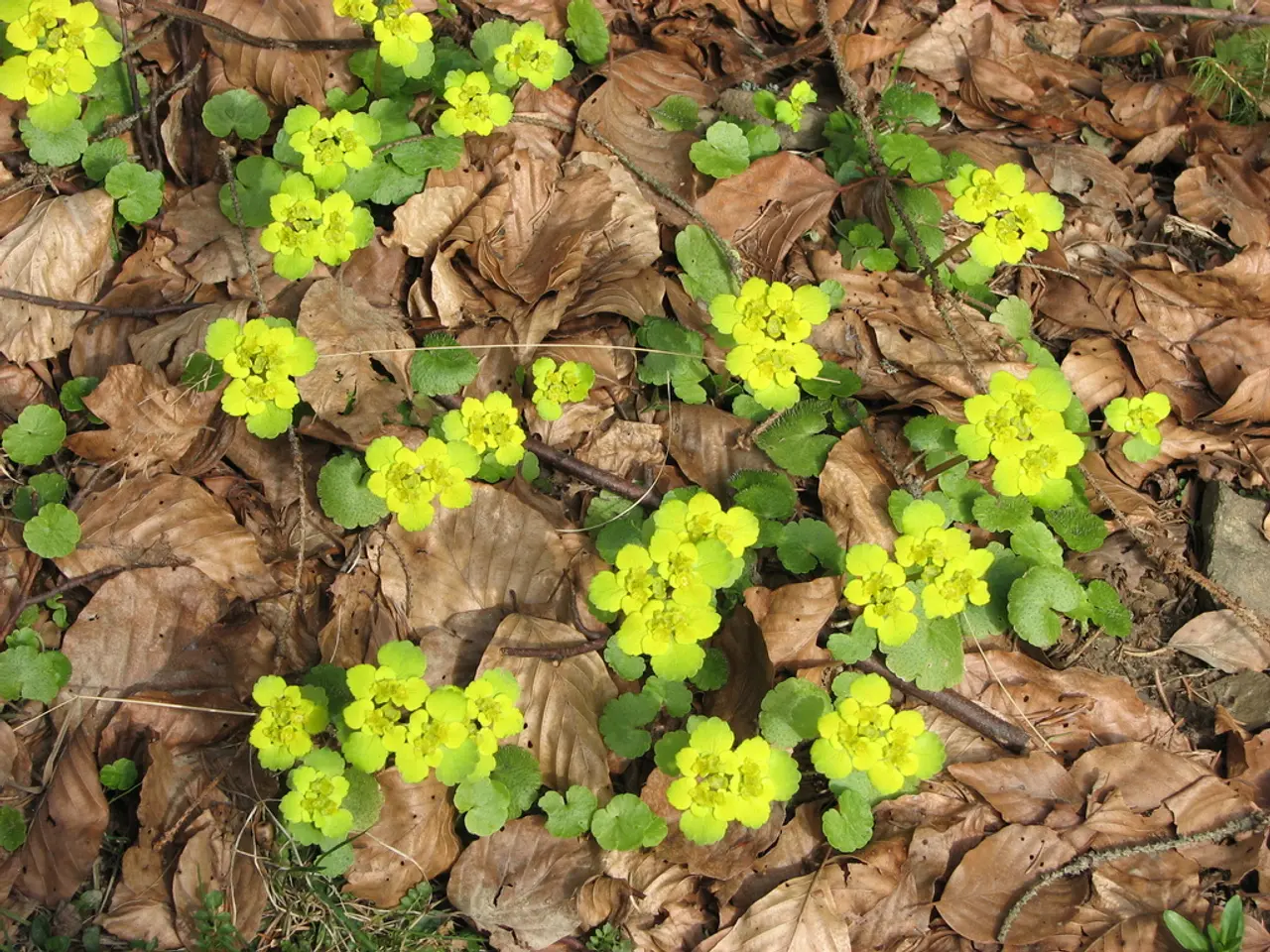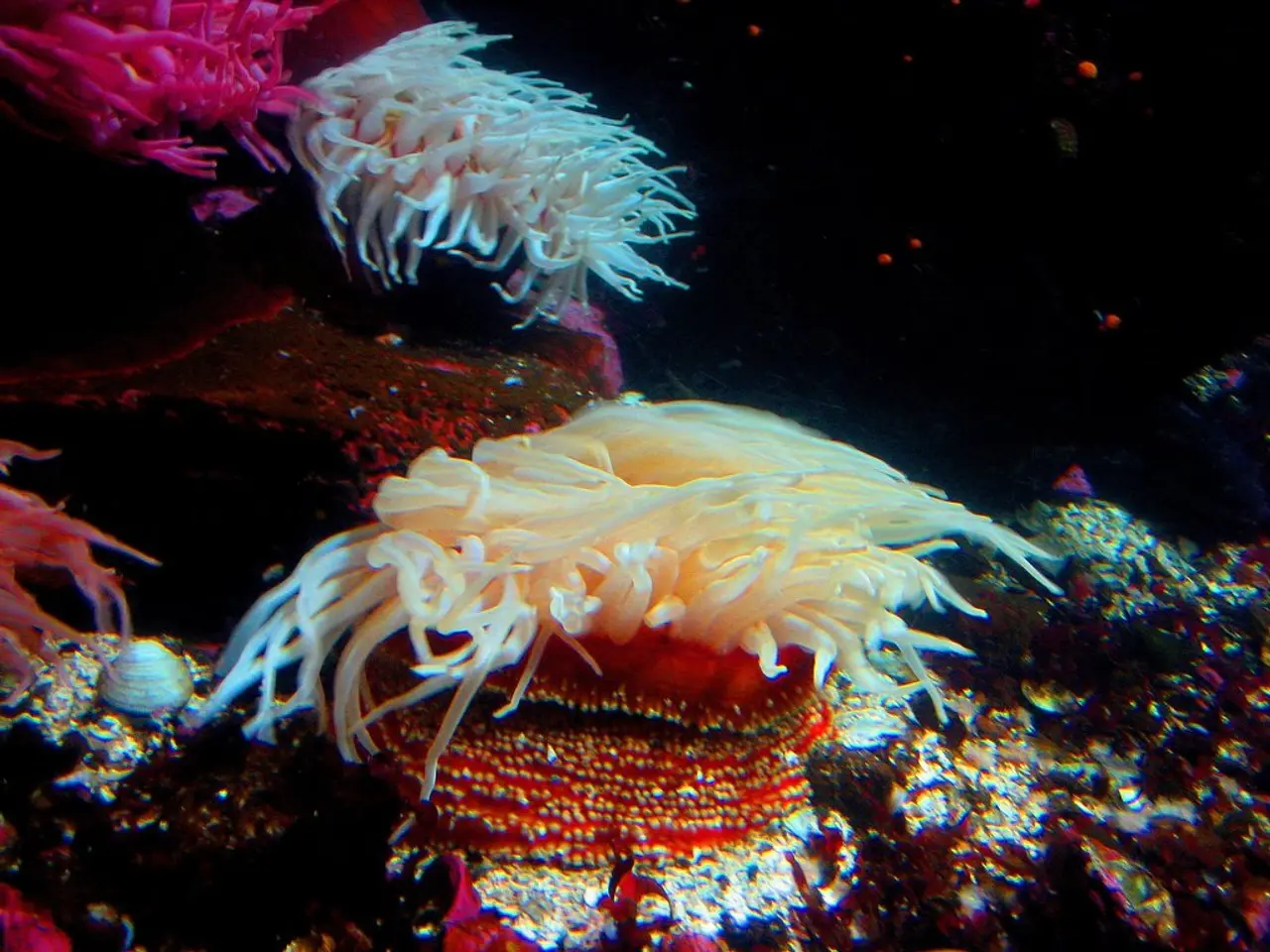Top Terrarium Moss Varieties and Professional Recommendations
Terrariums, a charming microcosm of nature, are brought to life thanks to the lush, luxurious moss that embellishes them. Ready to level up your terrarium game and create mesmerizing scenes that pop? Let's get started!
This guide will walk you through an assortment of moss types, best suited for terrarium environments, and reveal the secrets to achieving maximum visual impact. So, buckle up and join us on this exciting journey.
Exquisite Types of Terrarium Moss
With thousands of moss species around the world, it's time to narrow down your options. To help guide you, I've identified three primary categories to keep in mind: growth patterns, environmental suitability, and planting type. Each category has its unique advantages and can significantly enhance the overall appearance of your terrarium.
Growth Patterns
Moss is generally categorized into two growth patterns: Acrocarpous and Pleurocarpous.
Acrocarpous mosses grow in clumps, adding texture and shape to your terrarium, making it look dynamic rather than flat. These compact clumps are fantastic for creating rolling hills, hummocks, and other striking, three-dimensional features.
Pleurocarpous moss, simply known as Sheet Moss, grows in wide, even layers, covering vast areas and offering an alluring, smooth canvas. Ideal for spreading across the base of your terrarium for that woodland look, these mosses can even mimic larger plants or tiny trees, adding a sense of scale to your miniature ecosystem.
Terrarium Suitability
Naturally, different moss species will thrive in various environments. For closed terrariums, we're usually searching for those that enjoy warmer and humid conditions; however, you might be surprised by how adaptable moss can be, making the environmental suitability category the most flexible.
Planting Type
Moss can be found growing on almost every surface, be it soil or hard surfaces like rocks, logs, and trees. Broadly, moss can be classified as either terrestrial or epiphytic, depending on the habitat it prefers.
Terrestrial mosses like to grow atop soil/substrate and attach using tiny root-like structures called rhizoids. Epiphytic mosses, on the other hand, thrive on hard surfaces and are excellent for lending life to rocks, logs, and the branches of your terrarium landscaping.
Ideal Mosses for Your Terrarium
There's no denying the vast array of mosses that can make a splash in your terrarium, but I've narrowed down a few standout options to get you started.
Clumpy Mosses (Acrocarpous)
- Cushion Moss (Leucobryum glaucum) - This compact, velvety moss forms adorable, green pillows that are a joy to work with. Its shape is perfect for sculpting landscapes and creating focal points in your terrarium.
- Moss Moss (Dicranum scoparium) - Another popular choice, moss moss grows in dense clumps with lush, wavy leaves that resemble windswept grasslands.
Carpeting Mosses (Pleurocarpous)
- Sheet Moss (Hypnum) - Sheet moss spreads out in thin, overlapping layers, making it ideal for creating a lush, uniform base layer and for concealing root structures or other elements.
- Fern Moss (Thuidium delicatulum) - This textured moss brings depth to your terrarium with its long fern-like leaves and warm woodland vibes.
Additional Mosses
- Sphagnum Moss - Commonly used as a medium to grow other mosses and plants, sphagnum moss has multiple uses and is often found in closed terrariums.
- Java Moss (Taxiphyllum barbieri) - Java moss is equally happy on both land and water and adds natural, wild beauty to your terrarium when draped over rocks and wood.
Ready to Unleash the Power of Moss
Armed with this newfound knowledge, it's time to embrace your inner terrarium artist and begin experimenting with different moss types. This versatile plant can withstand a multitude of conditions, making it adaptable to nearly every terrarium environment.
Don't be afraid to mix and match mosses, play with color and texture, and create breathtaking landscapes that serve as tiny windows into the natural world. Your terrarium, your vision – make it extraordinary!
This guide suggests that you should explore exquisite types of moss for your terrarium, such as Acrocarpous mosses like Cushion Moss and Moss Moss, or Pleurocarpous mosses like Sheet Moss and Fern Moss. These mosses, with their unique growth patterns and visual impacts, can greatly elevate the appearance of your terrarium. Additionally, you might also consider utilizing versatile mosses like Sphagnum Moss or Java Moss, which can thrive in a multitude of conditions and add natural charm to your terrarium's landscape.

